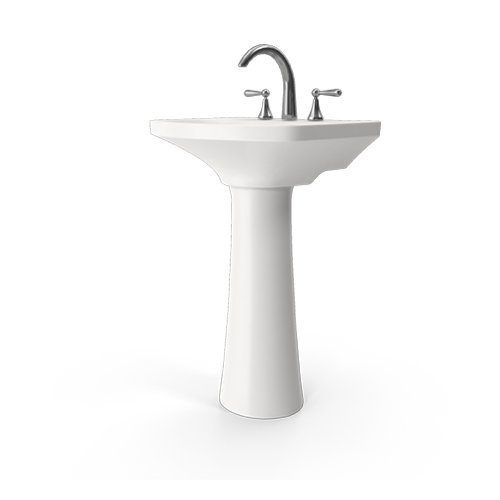At some point or another, we’ve all heard a fire alarm go off in a building, most likely (and fortunately) just as fire drill. However, carbon monoxide alarms are particularly important when it comes to ensuring our safety.
That’s why we’ll be taking a look at carbon monoxide alarms – the safest and most effective form of fire alarm available. If you’re not sure what carbon monoxide fire alarms do, please read on to find out more about them.

Why Use a Carbon Monoxide Alarm?
Some fire alarms detect heat levels or volumes of smoke, and whilst these alarms are fantastic and should still be used, they are not triggered by, and therefore do not raise the alarm to, carbon monoxide – one of the most dangerous substances on the planet.
Carbon monoxide is an odourless, colourless and tasteless gas that is impossible to detect without a proper detector. This is why it’s so frequently known as the silent killer in the UK and around the world.
This sneaky, toxic gas finds its way into your home through a wide range of fuels not burning completely, including wood, gasoline, coal, propane, natural gas, gasoline, and heating oil. They can also come from a range of household appliance from tumble driers and water heaters to ovens and fire-burning fireplace; even a car left running in a closed garage.

Even in small doses carbon monoxide can be harmful and may even cause permanent, untreatable damage if not caught quickly, and – in worst case scenarios – heavy exposure can be lethal, because carbon monoxide deprives the body of oxygen.

How Carbon Monoxide Alarms work
Carbon monoxide detectors sound an alarm when they sense a level of carbon monoxide in the air that is even verging on the dangerous side. Different types of alarms are triggered by different types of sensors:
- Biomimetic sensor: A gel changes colour when it absorbs carbon monoxide, and this colour change triggers the alarm.
- Metal oxide semiconductor: When the silica chip’s circuitry detects carbon monoxide, it lowers the electrical resistance, and this change triggers the alarm.
- Electrochemical sensor: Electrodes immersed in a chemical solution sense changes in electrical currents when they come into contact with carbon dioxide, and this change triggers the alarm.
Once the alarm sounds, the carbon monoxide detector must be within a carbon monoxide-free environment to reset itself.
Where Should Carbon Monoxide Alarms be Placed?

To ensure protection for yourself and others from carbon monoxide, detectors should be installed in a few different locations:
- Outside the doors of sleeping areas or working environments
- On each floor of your building
- By law (as of 2015), any room containing a solid fuel burning appliance
Before installation, you will need to decide if you want to go with a detector that is battery-operated or plug-in – the latter will need to be placed near a wall outlet.
A battery-operated unit should be permanently installed somewhere in your home, often at the same time as a smoke detector or other security system.
You can also decide whether or not to link one to the rest of the detectors installed throughout your home in case one is triggered in another part of your home.
We have hoped you have enjoyed reading this article. If you haven’t got a Carbon Monoxide Alarm in place already, then you can purchase them here.



